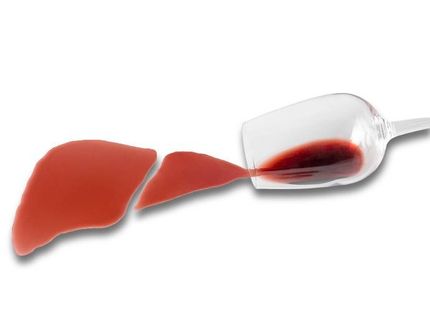New hepatitis C drug shows potential in phase 2 trials
Advertisement
The addition of danoprevir to the current treatment regimen for patients with hepatitis C leads to high rates of remission, according to a new article in Gastroenterology. The current standard of care for hepatitis C patients includes a combination of peginterferon and ribavirin.
"Despite recent advances, the current hepatitis C treatment regimen is burdensome on the patient and prone to adverse events," said Patrick Marcellin, lead study author from the Service d'Hépatologie and Inserm CRB3, Hôpital Beaujon, APHP University of Paris. "The promising results from this study offer hope that danoprevir can improve the quality of life for patients suffering from this disease."
Investigators conducted a phase 2, randomized, placebo-controlled study and found that, within just one week of treatment, the addition of danoprevir to the current treatment regimen (peginterferon alfa-2a/ribavirin) led to reductions in levels of hepatitis C virus in the blood. Overall, danoprevir was well tolerated and demonstrated an 85 percent sustained virologic response rate (or no detectable virus in the patient's blood after six months).
Importantly, 79 percent of patients who added danoprevir to their treatment regimen achieved an early virologic response and were eligible for a shortened treatment schedule.
Studies of lower doses of danoprevir on top of the current standard of care, to reduce overall danoprevir exposure while maintaining the drug's effectiveness, are underway. Interim effectiveness and safety data are promising.
Hepatitis C is a serious liver disease caused by the hepatitis C virus, which is spread through direct contact with the blood of infected people and ultimately affects the liver. Chronic hepatitis C can lead to serious and life-threatening liver problems, including liver damage, cirrhosis, liver failure or liver cancer. Though many people with hepatitis C may not experience symptoms, others may have symptoms such as fatigue, fever, jaundice and abdominal pain.
Other news from the department science

Get the life science industry in your inbox
By submitting this form you agree that LUMITOS AG will send you the newsletter(s) selected above by email. Your data will not be passed on to third parties. Your data will be stored and processed in accordance with our data protection regulations. LUMITOS may contact you by email for the purpose of advertising or market and opinion surveys. You can revoke your consent at any time without giving reasons to LUMITOS AG, Ernst-Augustin-Str. 2, 12489 Berlin, Germany or by e-mail at revoke@lumitos.com with effect for the future. In addition, each email contains a link to unsubscribe from the corresponding newsletter.


























































